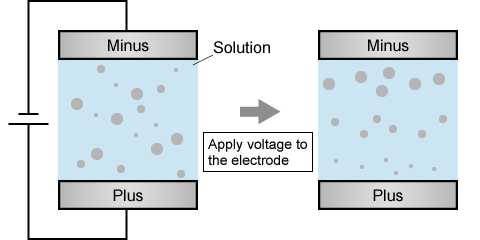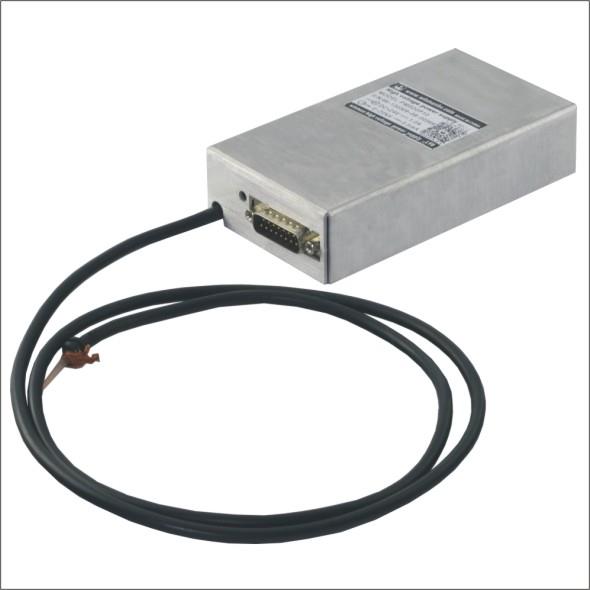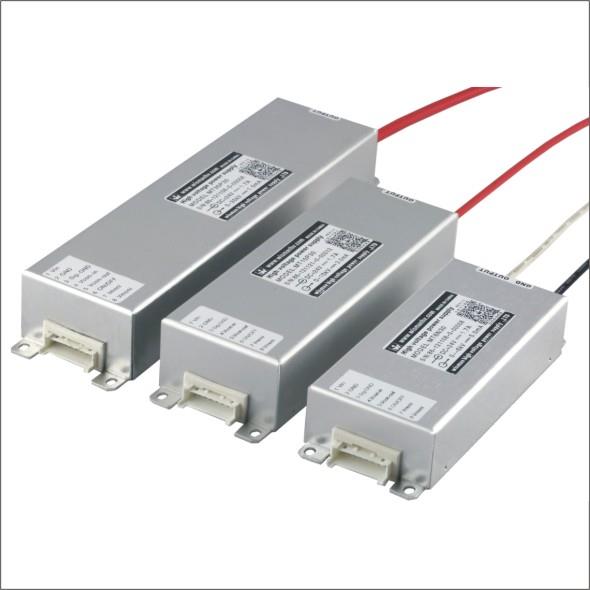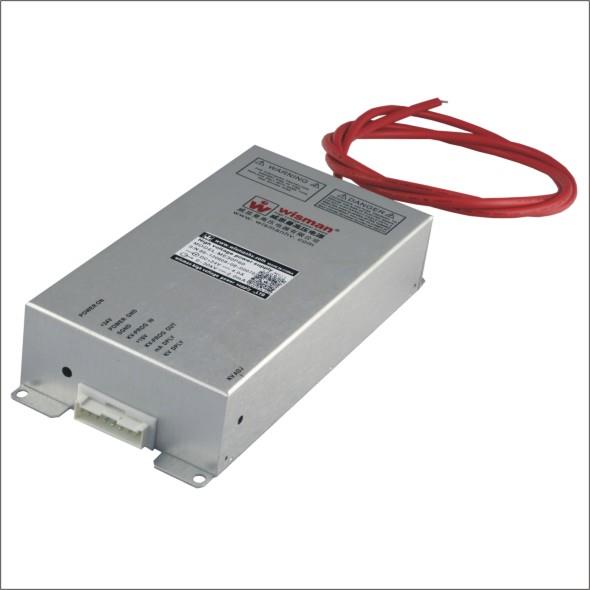Electrophoresis refers to the movement of charged particles or molecules when a solution containing charged
particles or molecules is placed in an electric field (e-field). The analytical method that makes use of this
phenomenon is also called electrophoresis.
When a gel containing molecules is placed in an electric field, the molecules begin to move through
electrophoresis. However, because the gel has a fine mesh structure, small molecules move easily, while large
molecules do not. So the distance you travel depends on the size of the molecule. In this way, the molecules
contained in the solution can be separated.
For example, since DNA is an acid called nucleic acid, it is negatively charged in an aqueous solution. Therefore,
when electricity is applied, it flows to the positive terminal. However, DNA with lower molecular weight appears
near the positive pole, while DNA with larger molecular weight remains near the negative pole. This property is
used to analyze proteins and DNA. This technology is widely used in the fields of molecular biology and
biochemistry.
Wisman has a diverse product lineup that includes high-voltage power supplies that apply voltage to
electrophoresis electrodes and power supplies that switch outputs between positive and negative electrodes.
Gel electrophoresis:
· Polyacrylamide gel electrophoresis (PAGE)
· Agarose gel electrophoresis (seabed electrophoresis)
· SDS electrophoresis
· Capillary electrophoresis

· In the case of gel electrophoresis, a DC power supply of 650 V 100 mA is recommended, as hundreds of kilovolts
are applied.
· In the case of capillary electrophoresis, a high pressure of about 30 kV is applied to perform the electrophoresis.
Example: DNA,MT.
Recommended products:
We have a wide range of products in our product lineup, including high-voltage power supplies for applying
voltage to electrophoresis electrodes, and power supplies that can switch between positive and negative outputs.

















